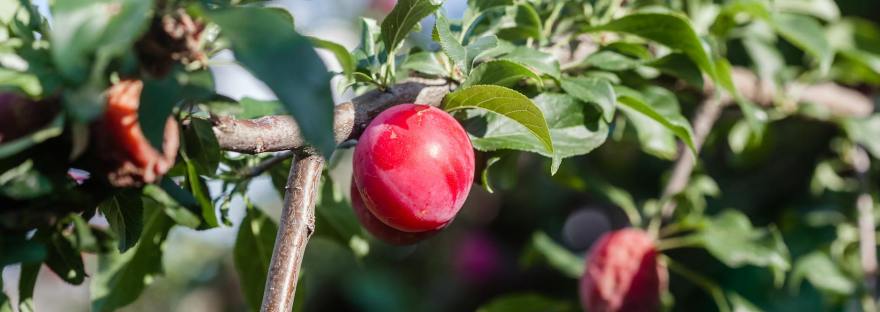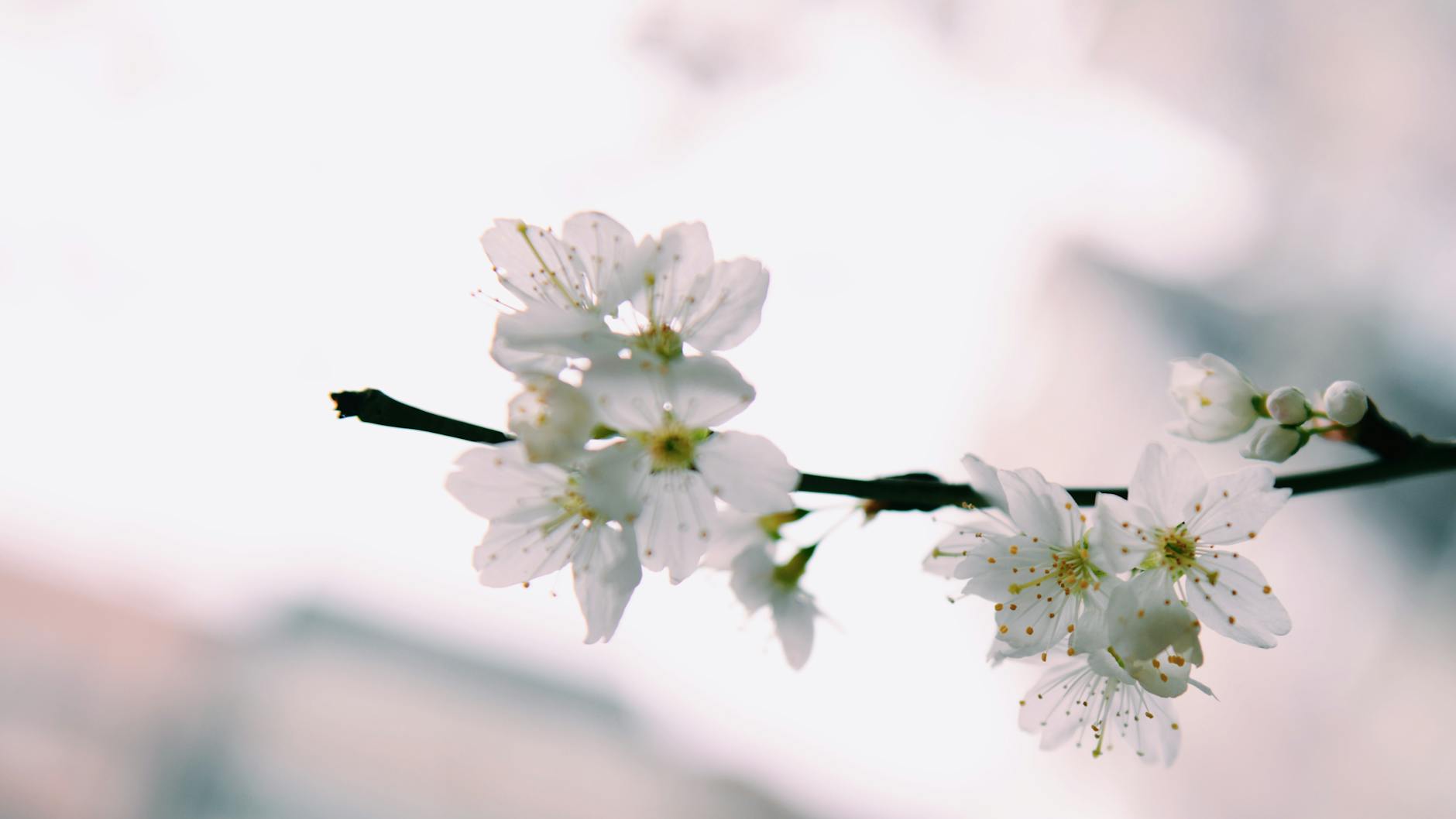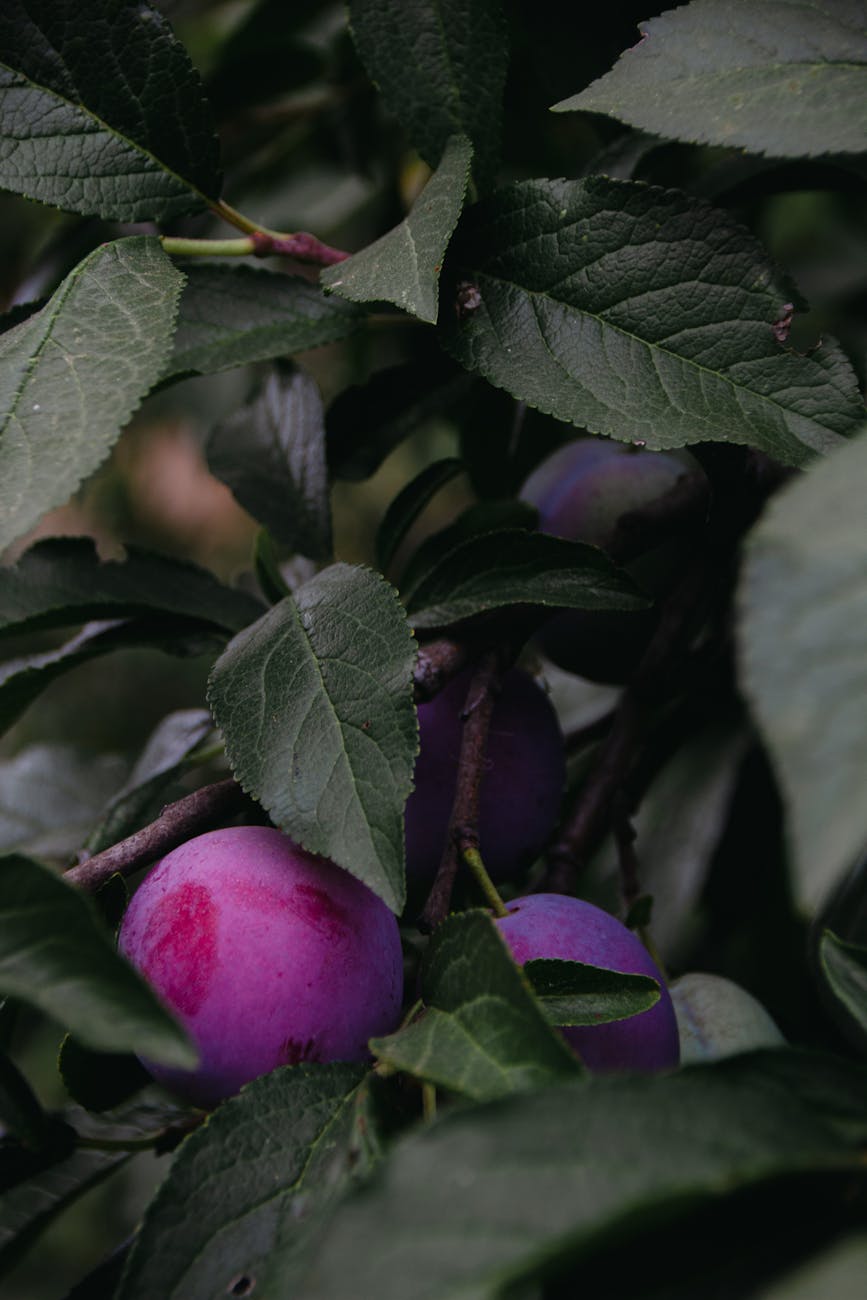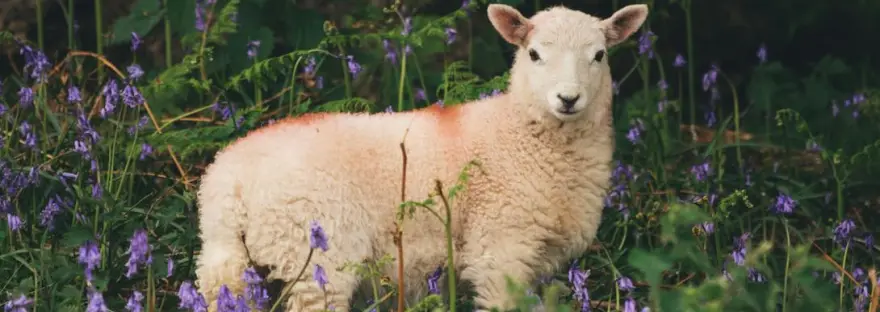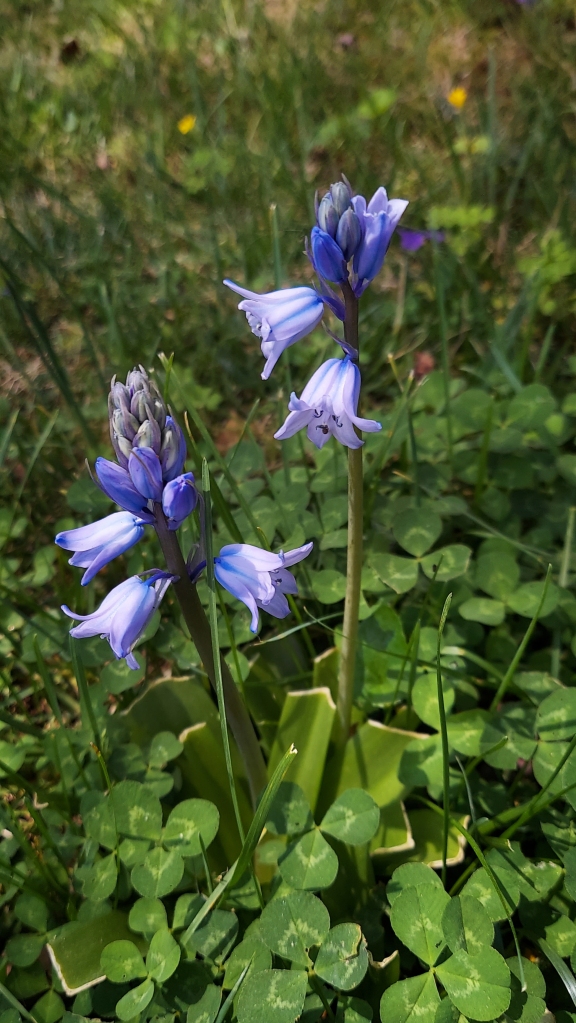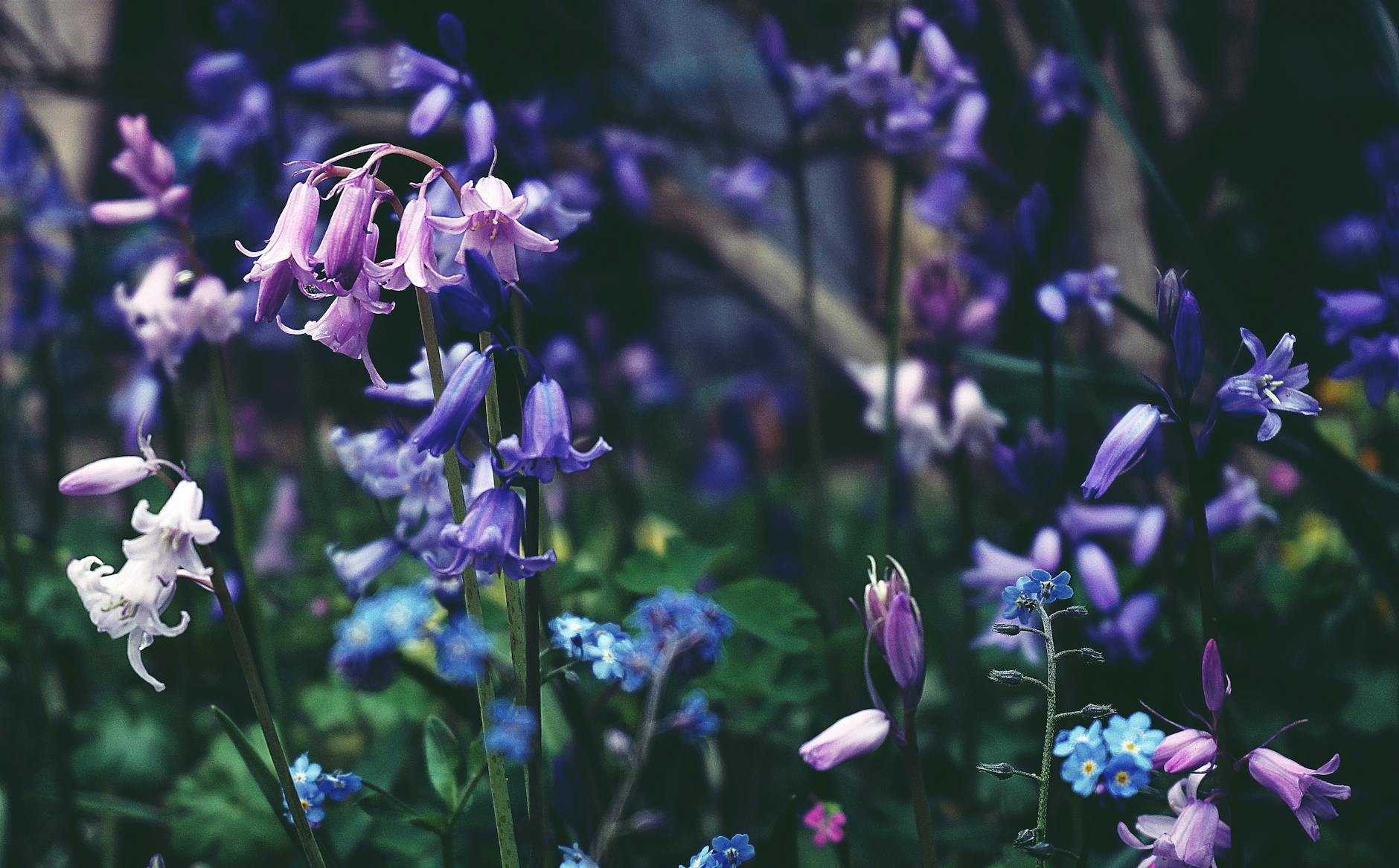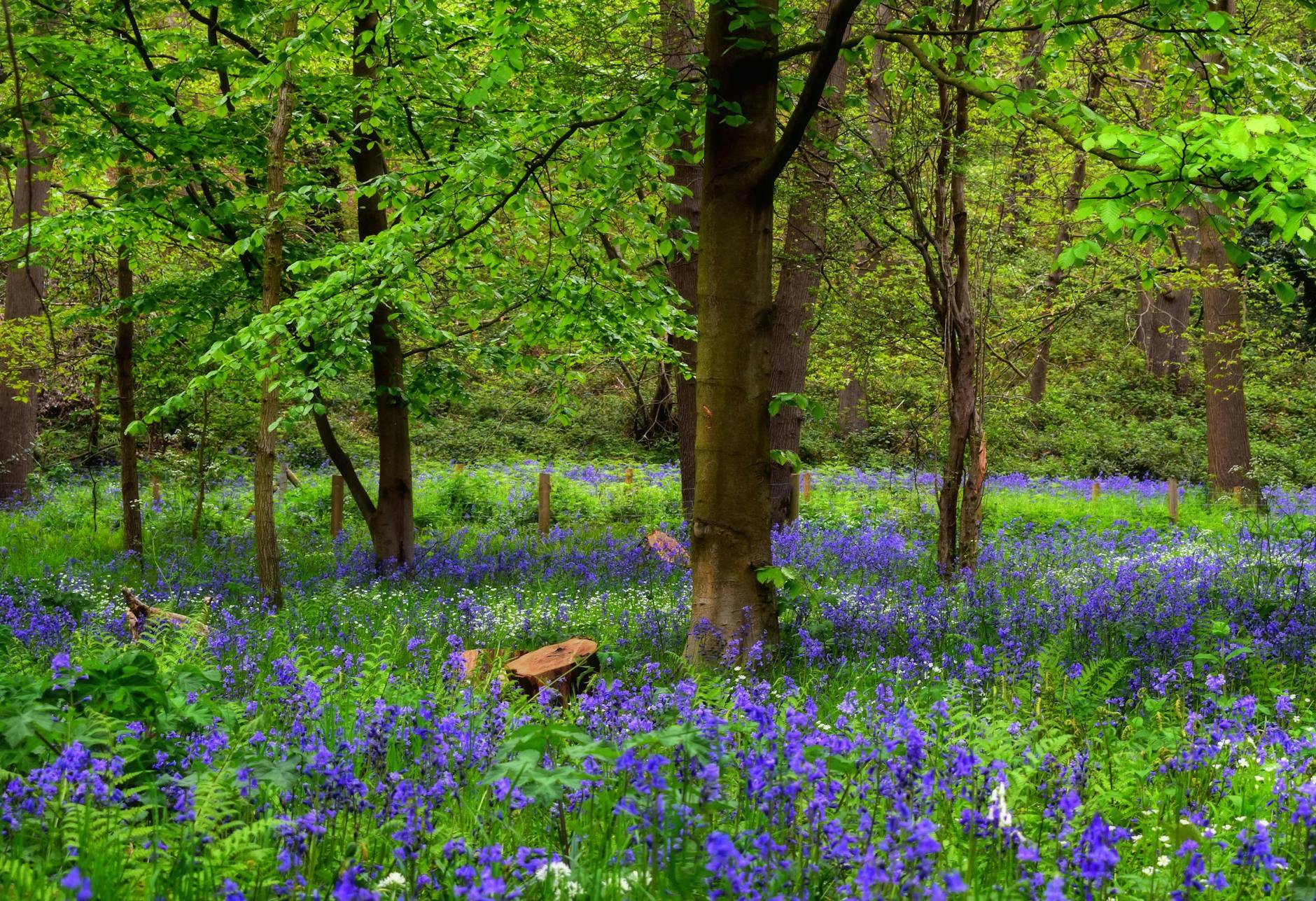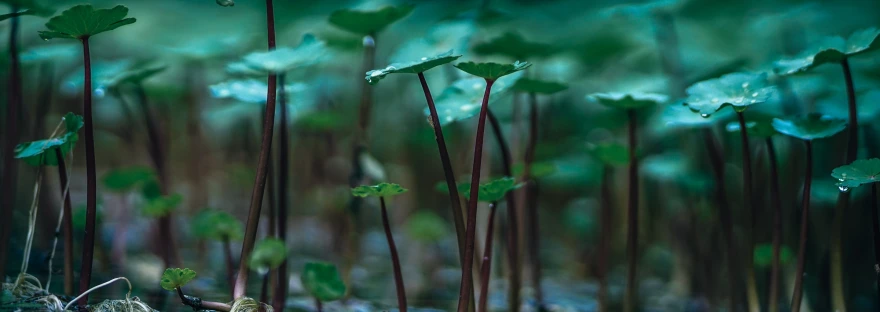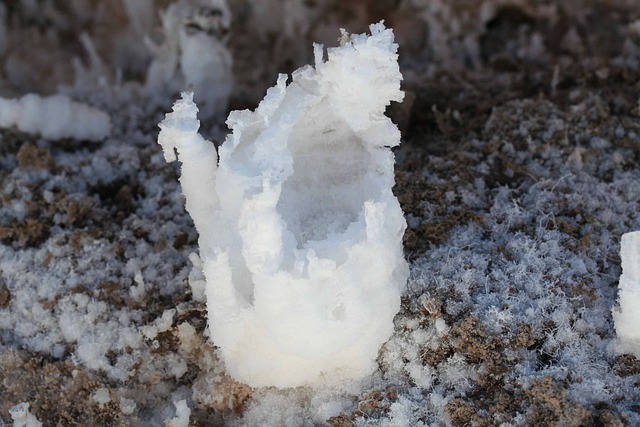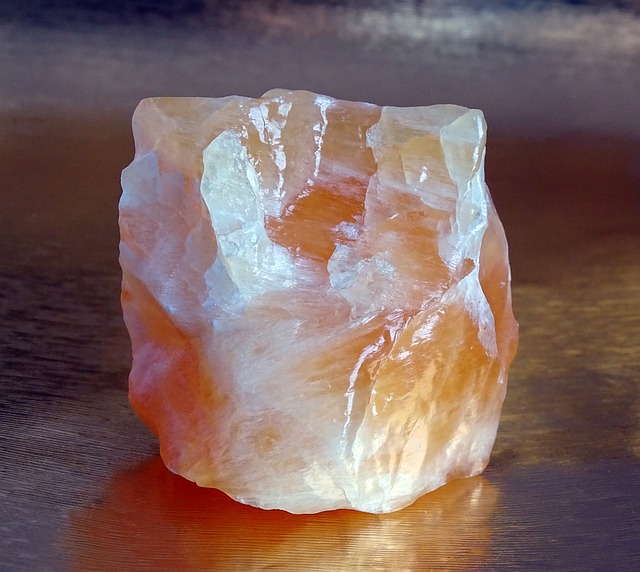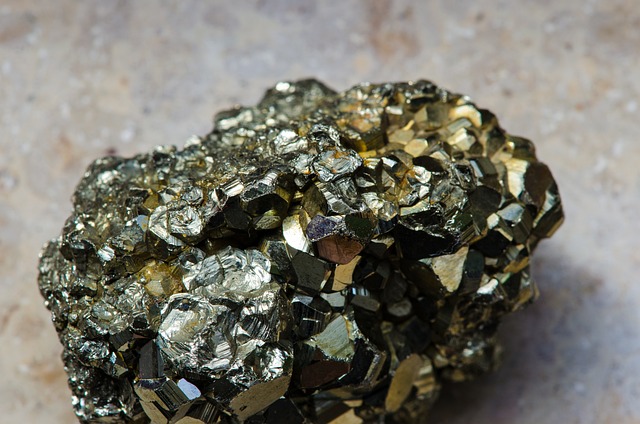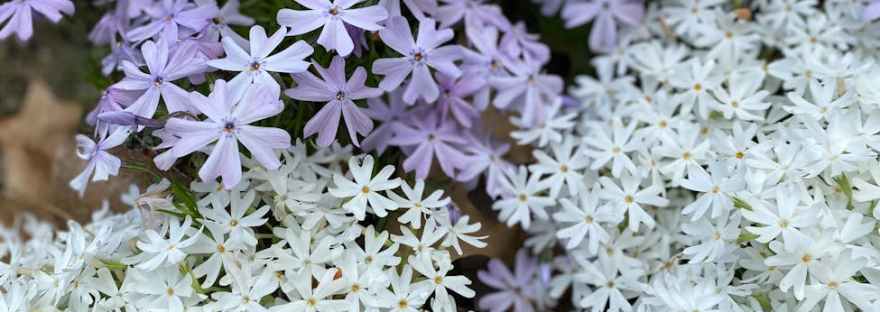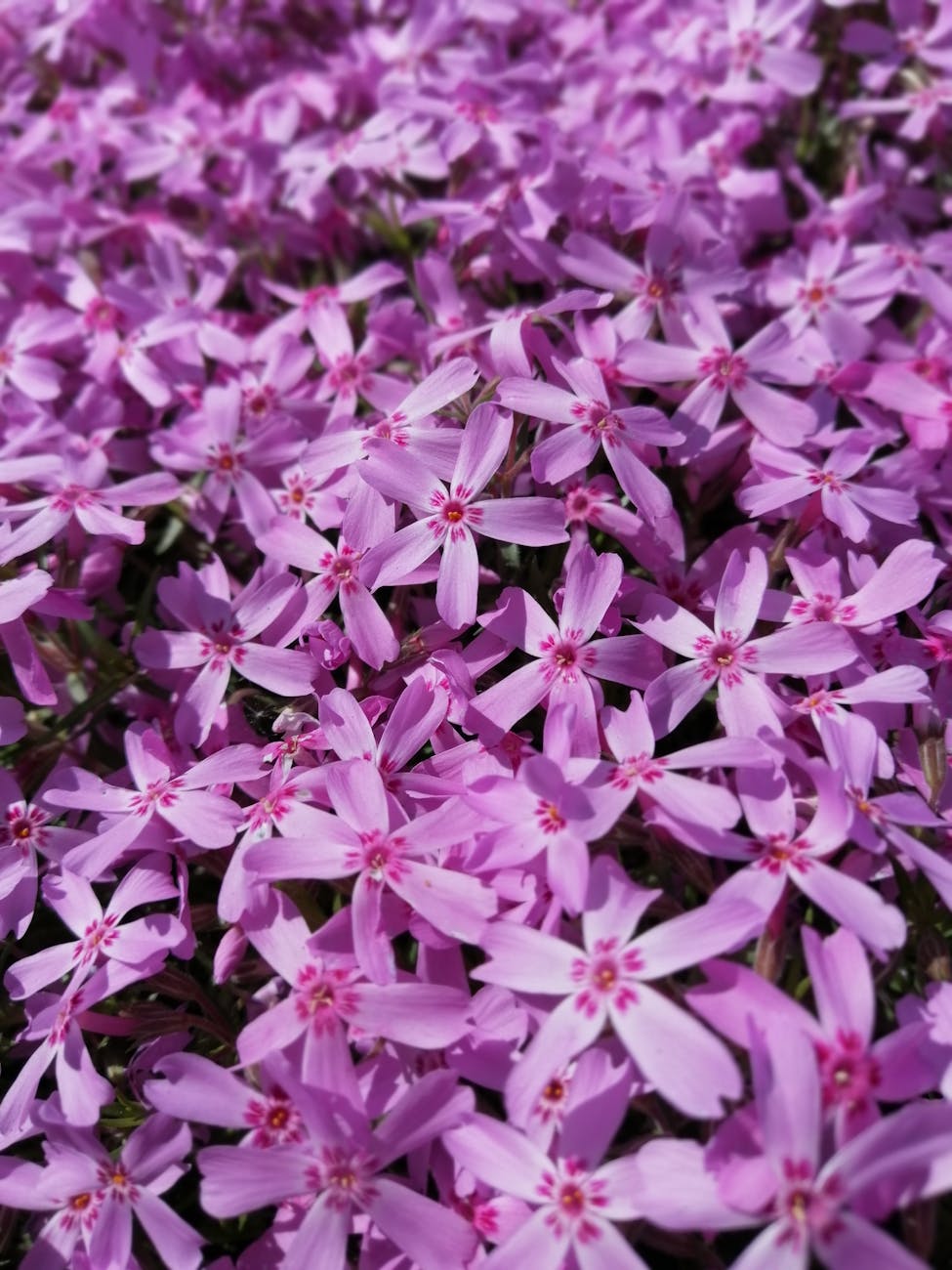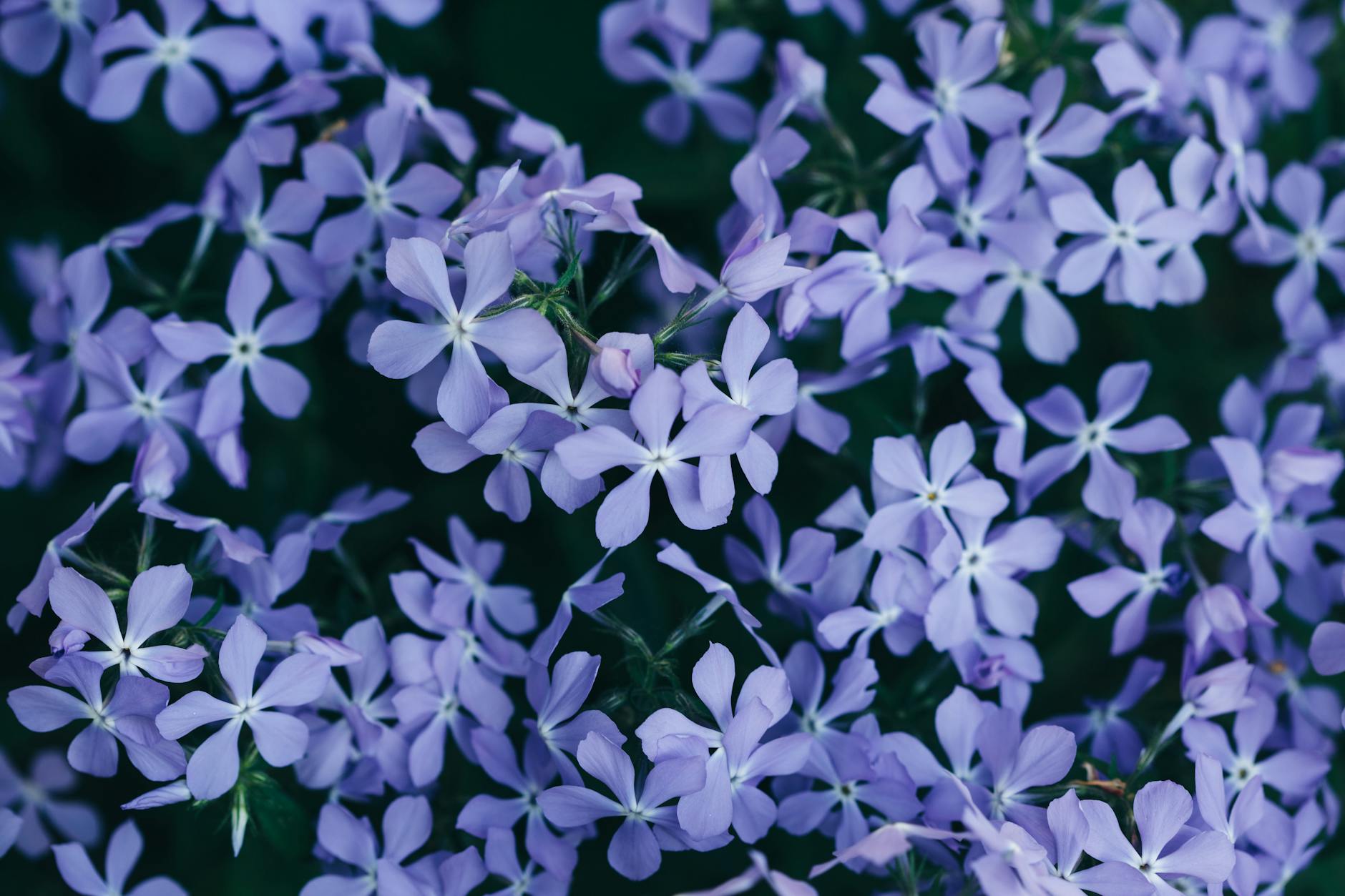Have you ever gone to the store with an idea of what you need, but no real list? And then you go home and discover that you’ve bought everything but a specific item you actually needed?
Tl;dr, I have a lot of pepper plants now.
See, I was going to the garden store for some tomato starts. (I love tomatoes. When my grandpa kept a garden, he grew big, fat beefsteak tomatoes and there are many, many photos of me and my sibling as tiny children with whole tomatoes in our hands, cheeks smeared with juice and seeds. I do not, however, try to grow tomatoes from seed because it is tedious and saving and fermenting them is Not a Good Time.)
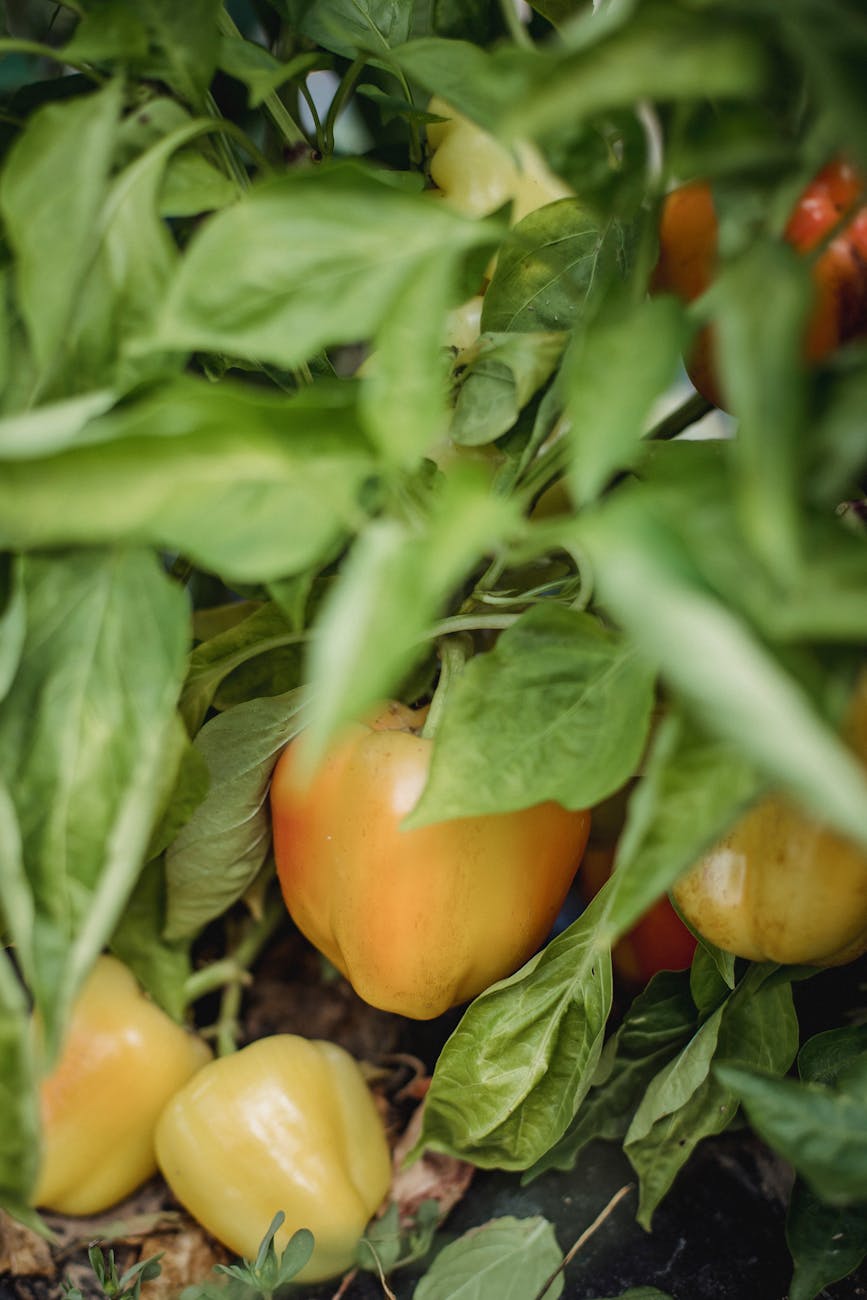
Somehow, I managed to return with the herbs I wanted for some railing boxes, a bunch of pepper plants I never planned on, and exactly zero tomatoes. None. None tomatoes.
So, I figure now’s as good a time as any for a refresher on the many, many magical uses of the various cultivars of chili pepper.
Chili Pepper Magical Uses and Folklore
Chili peppers are members of the Capsicum genus. 90% of the time, Capsicum annuum.
“What about jalapeños?” C. annuum.
“Bell peppers?” C. annuum.
“Serranos?” C. annuum.
“Habaneros?” Okay, those are C. chinense, but mostly due to a series of errors.
It’s been my experience that hot spices, in general, fall into two camps. While the heat of hot spices is great for acting as a kind of magical catalyst to really get things moving, this can be used in one of two ways. The “sweet heat” spices (your cinnamons, ginger, etc.) are commonly used for money, love, and passion. The other hot spices, like chili peppers, are commonly used to banish or protect. In both cases, hot spices are used to get things moving quickly. Whether you want things to move to you or away from you is the deciding factor.
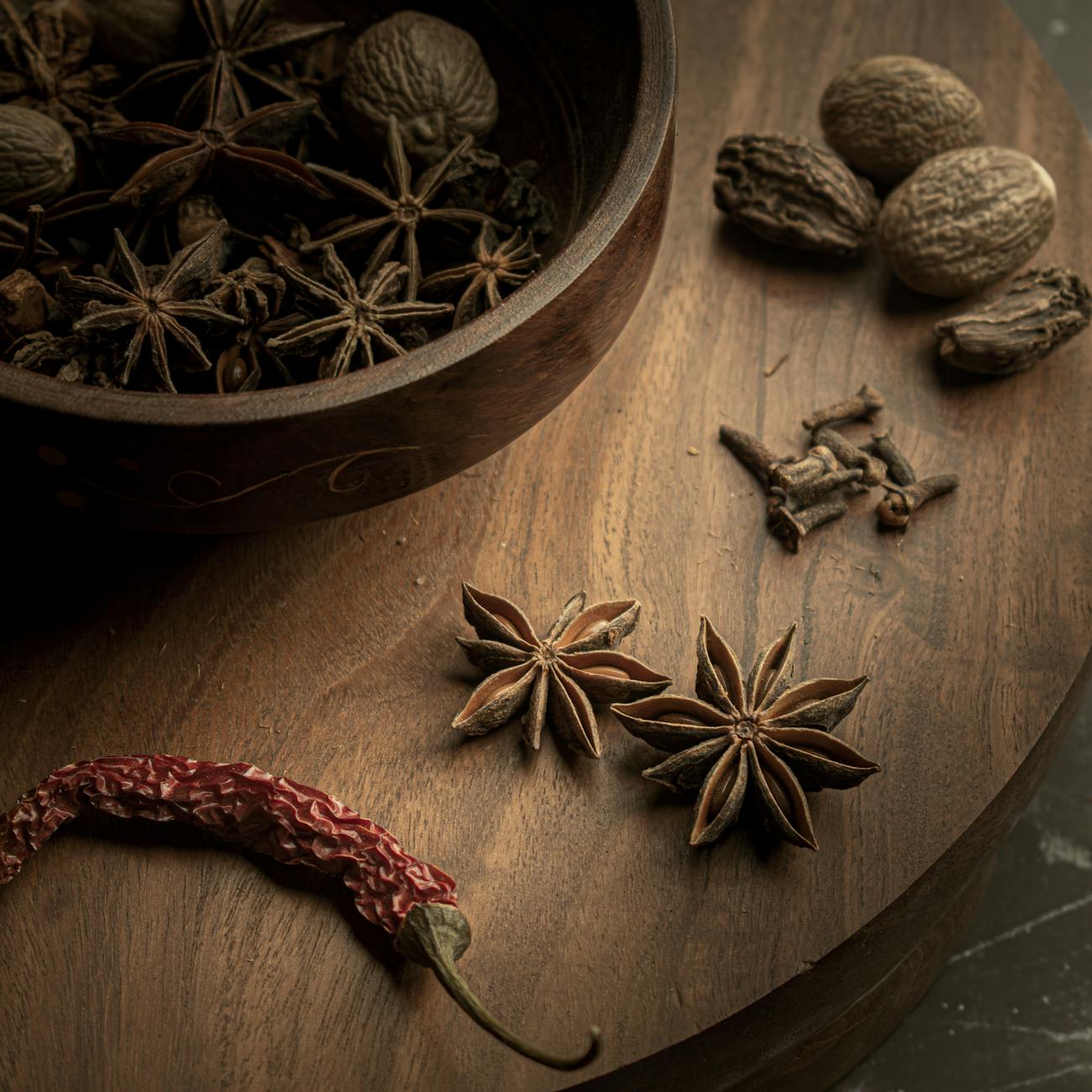
Hot peppers are good at repelling more than just unwanted people, entities, or energies. Capsaicin, the primary compound that gives peppers their heat, is a defensive mechanism to keep peppers from being eaten. Humans, massive weirdoes that we are, decided that capsaicin was delicious, actually, and no plant was gonna tell us what to do.
Birds are unaffected by capsaicin, so they’re a major means of pepper seed dispersal. They eat the brightly colored fruits and scatter the seeds in their droppings.
In Coahuila, Mexico, chili peppers are used to counter malevolent magic. Specifically, they’re a remedy against salting, a practice akin to Hoodoo foot track magic. The practitioner combines salt from the homes of three different widows and graveyard dirt taken from the burial site of someone who died violently, and sprinkles it in front of their intended victim’s front door. To counter this, the victim combines chili peppers, star anise, garlic, rue, rosemary, storax, and myrrh, and uses the mixture to fumigate every corner of their home to drive the evil out.
Chilis are also a remedy for the evil eye.
The Tsáchila people, who live near the foot of the Andes mountains in Ecuador, use chilis to foil a kind of vampiric entity called the red demon. This demon feeds on people’s blood, leaving them pale and lifeless. Burning chilis in a fire while serving chili pepper-laden food drives the creature away, since it can’t tolerate the spicy food or pepper fumes.
The Aymara people of Bolivia, on the other hand, add chilis to a pot of boiling water and other herbs to create a cleansing steam bath. Sitting under a blanket, in the steam, is said to drive out evil energies.
To be honest, anywhere you’ll find hot peppers, it seems you’ll find a ritual that involves burning them to drive out evil. It reminds me of a specific incident from my own life — I was making some spicy sautéed broccoli on the stove top and added the spices a little too early. The capsaicin heated up and became aerosolized, and the fumes drove my then-partner outside. So, burning hot peppers really can drive out malevolent influences!
Hot foot powder is another common use for chilis, specifically within Hoodoo. While specific recipes can vary from culture to culture and practitioner to practitioner, chili is usually the base. This is sprinkled in a target’s footprints, in their shoes, where they will walk (like in front of their door), or in a container with a photo of them, paper with their name written on it, or personal possession of theirs. This isn’t a strictly protective practice, though it is certainly used that way. It’s just meant to drive unwanted people away from the user. Some scholars of folk practices think that hot foot powder may be a variation of walkin foot, which is intended to create confusion in one’s target.
Of course, chilis also have their dark side too. One way to curse someone involves throwing specially prepared chili peppers into their home or workplace. The seeds may also be combined with other baneful ingredients, added to a fabric or paper parcel, and tossed in instead.
Medicinally, capsaicin triggers a cooling response in the body. It helps increase circulation and is often used as a topical “counter irritant” for muscle and joint pain. I personally have a few different muscle rubs and pain-relieving balms, and about half of them are capsaicin based.
Hot peppers are ruled (unsurprisingly) by the planet Mars and the element of Fire.
Using Chili Peppers
As mentioned above, chili peppers are excellent at making things go away.
(Well, except birds.)
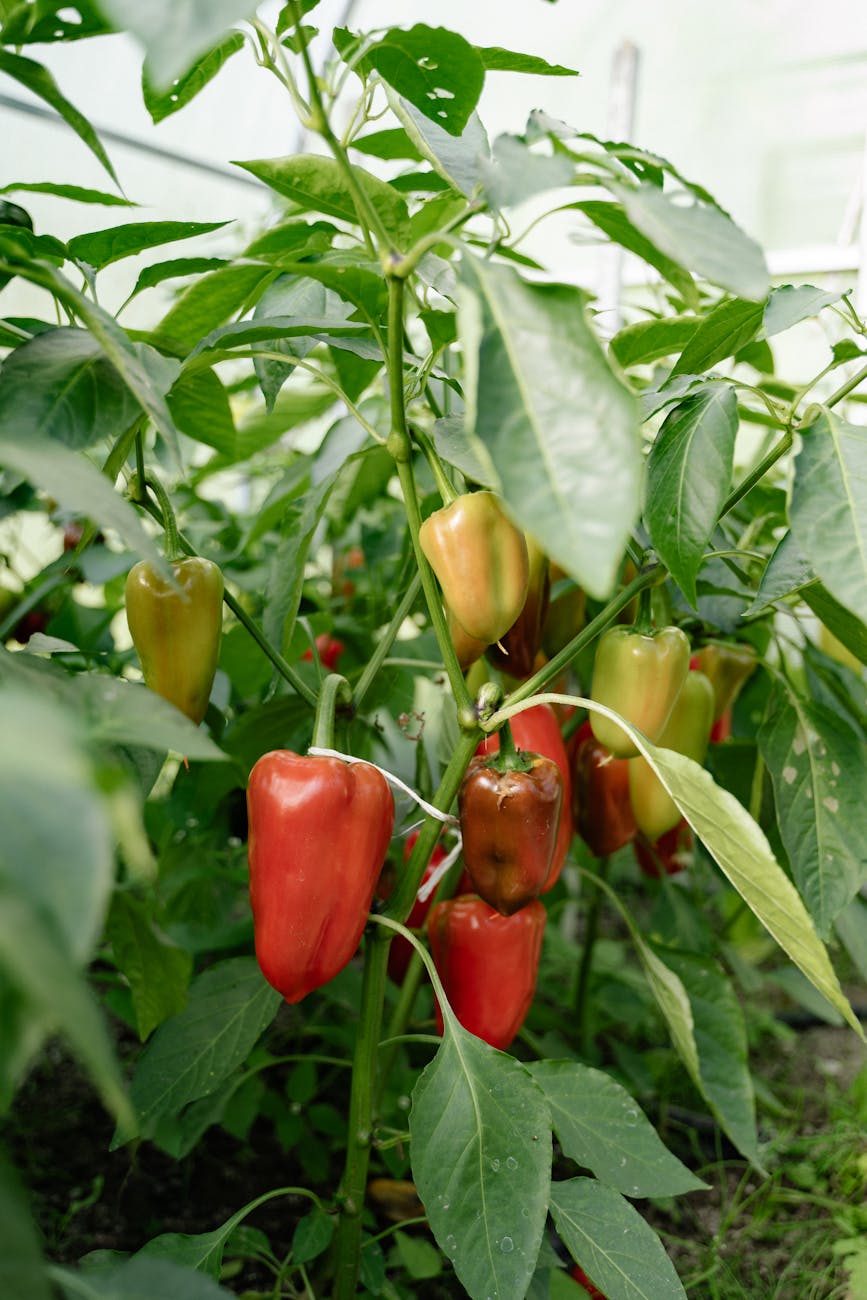
Someone bothering you? Find you someone who can make you some hot foot powder. Need protection? Add chili peppers (or the ashes or char from burned chili peppers) to protective salt and sprinkle it in the corners of all of your rooms. Getting badgered by malevolent magic or evil entities? Smoke ’em out by burning some chilis on charcoal. Just be careful with that last one — chili pepper fumes are no joke for babies, children, and people with respiratory disorders. Basically, don’t expose anyone to the smoke that you wouldn’t also want to spray in the face with bear mace.
I also want to reiterate that, while chili peppers are a magical catalyst, I’d avoid them in situations where you aren’t specifically trying to repel something in a hurry. If you’re looking to attract things instead, go for one of the “sweet heat” spices — like nutmeg, cinnamon, or ginger.
I would not advocate using them for malevolent magic. Don’t get me wrong, cursing is absolutely useful and appropriate in some situations, but that’s something you’re better off learning somewhere other than a random website.
Right now, we’re trying not to count our peppers before they hatch. Should we have an abundant harvest, we’ve got a dehydrator, several batches of mango and hot pepper mead, peach and hot pepper water kefir, pepper jelly, spicy dark chocolate, and plenty of other uses in mind. (I love sweet and spicy flavors together, and mango/pepper, peach/pepper, or red berries/pepper/chocolate are my favorites.) Here’s hoping for an abundant harvest!


